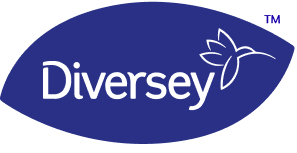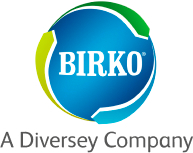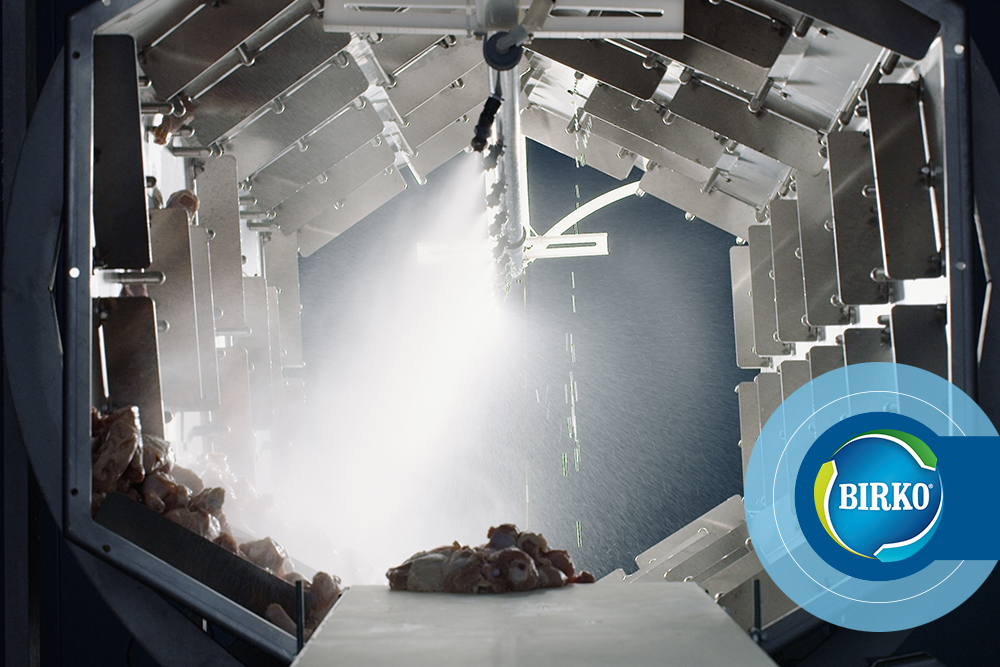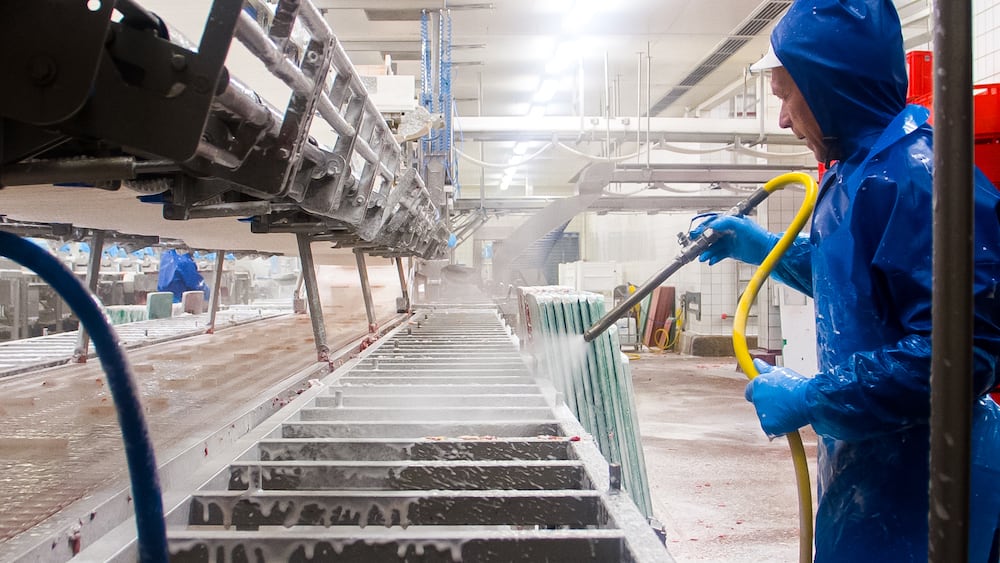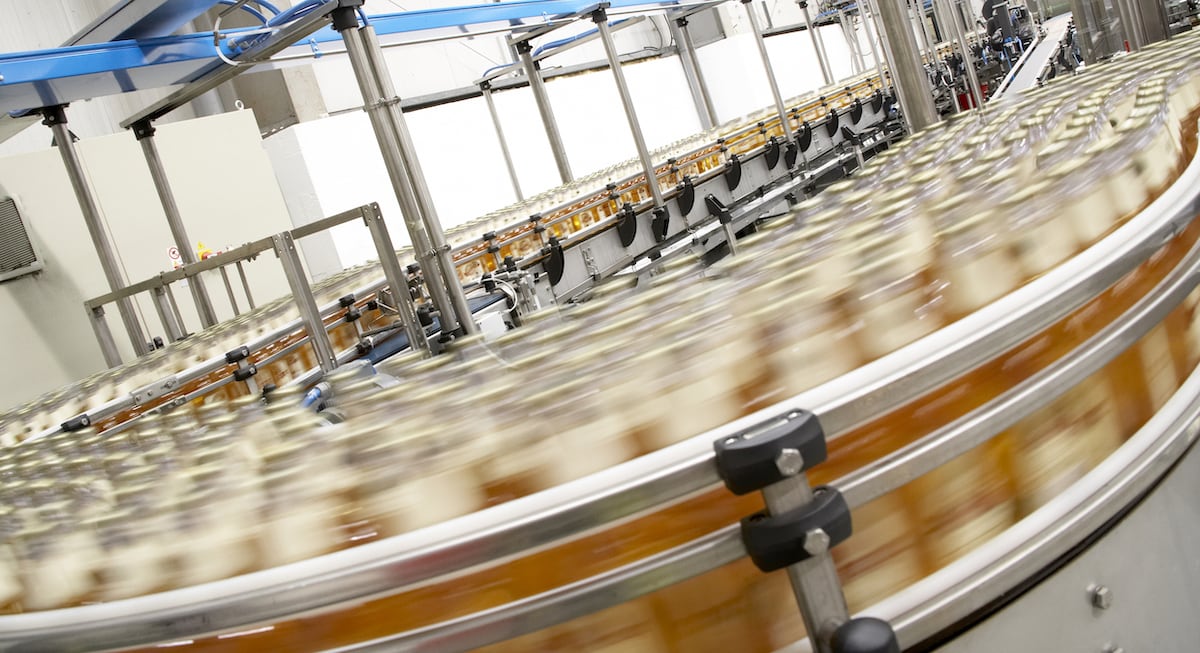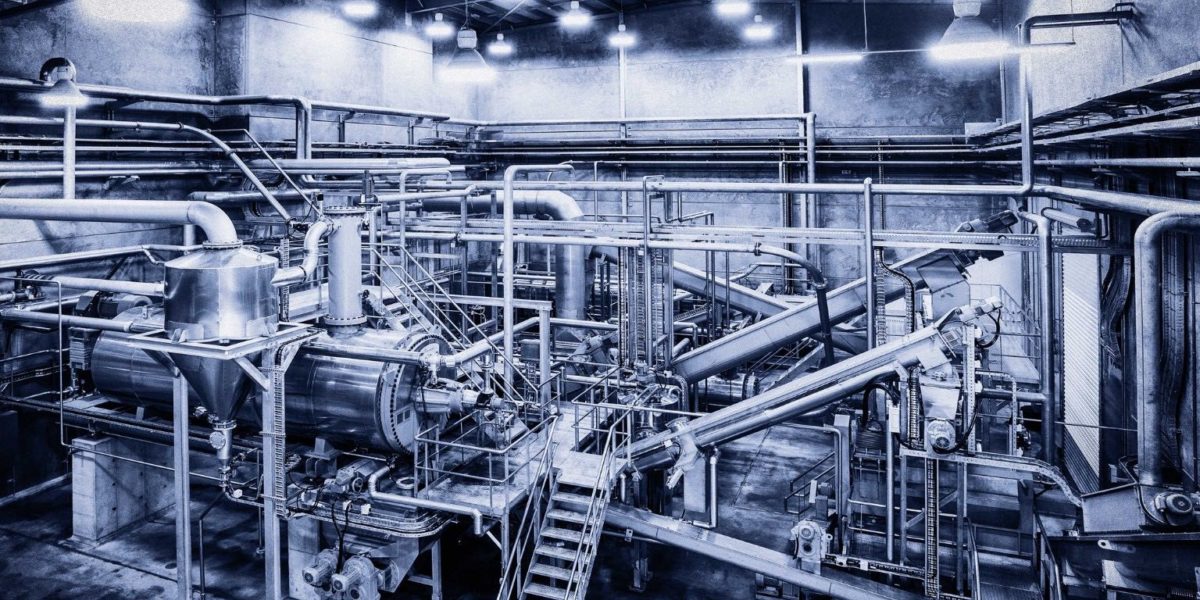“Category 3.” A term every poultry processor dreads hearing. At best, it means corrective actions and follow-up inspections from USDA’s Food Safety Inspection Service (FSIS). At worst, it could mean lost customers, product recalls and disease outbreaks due to Salmonella or Campylobacter.
Processors can take a number of preventative measures in their plants, but it can still feel impossible to achieve Category 1 status. Controlling these bacteria is challenging, as Salmonella, in particular, is a concern before poultry even arrives at the plant. Douglas L. Fulnechek, who worked with the FSIS for 28 years, underscores the feeling of impossibility that comes with being one part of a larger operation, asserting that to meet the rigorous USDA standards for Salmonella control, “processing can’t do it all.”
Fortunately, with the help of all the major players in poultry production, including live operations, sanitation partners and chemical suppliers, as well as new food safety technologies, you can get ahead and achieve Category 1 status.
In this blog, we’ll offer a summary of the FSIS category statuses and the ways you can work toward Category 1.
Understanding FSIS Category Determinations for Poultry Establishments
The USDA uses samples of raw poultry, chicken and turkey carcasses to designate a Salmonella category at poultry processing facilities. Sampling frequency can vary depending on the size of the facility, but the USDA notes all establishments will be assigned at least 10 samples per year to determine status.
Statuses are divided into three categories. Here’s a breakdown of what they mean (read official USDA definitions here):
- Category 1: Plants with an effective Salmonella control program. These plants have a low level of Salmonella on product surfaces. Plants in this category should maintain their existing processes while continuously looking for areas of potential weakness and small changes to make in order to maintain Category 1 status.
- Category 2: This category designates that inspection results are still acceptable, but there are areas of opportunities to get better. At this point, plants should engage with their food safety support systems, whether the chemical supplier or sanitation, and work together to assess areas of weakness and how to move to Category 1 status.
- Category 3: Facilities with Category 3 status have an unacceptably high level of Salmonella in their product. Implications of being in Category 3 include plant shutdowns for product inspection, restrictions on product exports and further FSIS inspections. This category also has potential consequences when it comes to customers, as many grocery stores and foodservice chains only accept products from Category 1 or 2 facilities.
Regardless of your category status, there are a number of measures you should put in place to avoid Categories 2 and 3—and reduce cost, liability and risk.
Here are a few of those measures.
1. Audit Your Poultry Production Processes
As established above, what makes Salmonella and Campylobacter so hard to control are their presence outside of the production facility, as well as the potential for contamination in every step of the production process. While it might be easy to focus on reducing contamination of the end product, you’ll want to make sure you’re doing what you can at every step to reduce the risk of cross-contamination.
Ask yourself the following questions when you’re trying to determine the areas of your process in which you can improve:
- How is my harvesting process set up?
- Am I using best practices for defeathering, eviscerating and chilling?
- Am I doing what I can to minimize the spread of contamination from bird to bird during the processing?
- What steps am I taking to make sure that I’m not contaminating the meat with fecal material during evisceration?
- How effective are my antimicrobial steps and applications in reducing the Salmonella on the birds?
These questions can give you a clearer window into areas throughout your operations in which you can innovate and improve. Then, you can start implementing new practices to achieve or maintain Category 1 status.
2. Partner with Integrated Food Safety Experts
Like Fulnechek indicated in his discussion of Salmonella control, it’s hard for poultry processors to reduce Salmonella contamination on their own. It takes a team of dedicated experts that can bring their unique insights to the table. Work with live producers as well as sanitation and chemicals providers—and be selective about the partners you work with. Look for food safety solutions providers with in-depth knowledge of processes, equipment and your facility’s particular needs.
Chemical suppliers, for example, can be important resources in helping address rates of Salmonella in your facility. Seek out a supplier that goes beyond a salesperson or vendor. Instead, look for a chemical provider who understands how the chemical fits into your overall sanitation and food safety program. Seek out a supplier who is willing to come into your plant, assess your equipment and recommend an ideal chemical to be used on your equipment, the surfaces in your facility and your product.
These types of providers can help alert you to potential chemical incompatibilities, assist in meeting USDA Salmonella performance standards and provide training on how to properly use and mix the chemicals.
In other words, look for a provider interested in a partnership and who will be invested in your facility.
3. Choose the Right Food Sanitation and Intervention Chemistries
Using efficacious chemicals (at the right concentrations and on the right surfaces) is a crucial element in preventing Salmonella from thriving. And, it takes both effective sanitation and intervention to do it. Consider the exposed, frequently used surfaces as well as hard-to-reach areas. Sanitizers developed by experienced chemists, such as Birko’s Quadra-Quat and Ultra-Quat, are effective in keeping processing plant surfaces free of Salmonella. And Birko has also developed a full line of formulations specifically for the poultry industry, PoulChlor. This liquid, self-foaming chlorinated alkaline cleaner is designed as an economical “all-in-one” solution for hard-to-reach areas. It contains detergents, chlorine, and alkaline caustic and can be used on equipment in all departments when followed by a potable water rinse. Download this PDF for a complete list of solutions.
4. Take Advantage of Food Safety Technologies
While using effective chemistries is important, automated equipment can help increase their efficacy while conserving both chemicals and water.
The Elite 360® is an example of revolutionary antimicrobial application technology for poultry processors. It uses electrostatic spraying technology to improve the efficiency in antimicrobial application to poultry products. The Elite 360® works by applying a charge to the droplets of antimicrobial solution to create an attractive force between the spray and the surface of the product. This application method results in full coverage of all surfaces of the product while, at the same time, using less of the antimicrobial, which creates a much higher efficacy against both Salmonella and Campylobacter over dip tanks or conventional spray cabinets.
Poultry processors that have implemented the Elite 360® in their operations have experienced up to a 95% reduction in water and chemical usage while improving food safety and mitigating risk.
See how the Elite 360® works:
Key Features of the Elite 360®
- Process 250-750 lbs of poultry per minute
- Compatible with peracetic acid
- Reduces overspray with ultra-high transfer efficiency
- Protects against Salmonella, e. Coli and Campylobacter
- Reduces water and chemical use
- Reduces wastewater treatment costs
- Included in FSIS New Technology table Log No. 2020-212-NT
Want to know more about the Elite 360® and Precision Application™ Technology?
Download our free e-book for a behind-the-scenes look at the equipment’s development or learn about the Elite 360® for poultry processing.
Partner with a Food Safety Expert
Moving your plant from a Category 3 to a Category 1 status might seem like a monumental effort. Birko is here to help you navigate the challenges of reducing Salmonella in your facility and achieving a more ideal FSIS category. We’ll help you audit your plant for food safety risks and assess your sanitation processes, and we’ll work with you to determine the chemistries and equipment that are right for your plant.
Get in touch with Birko today to learn more and benefit from a true partner in food safety and sanitation.
